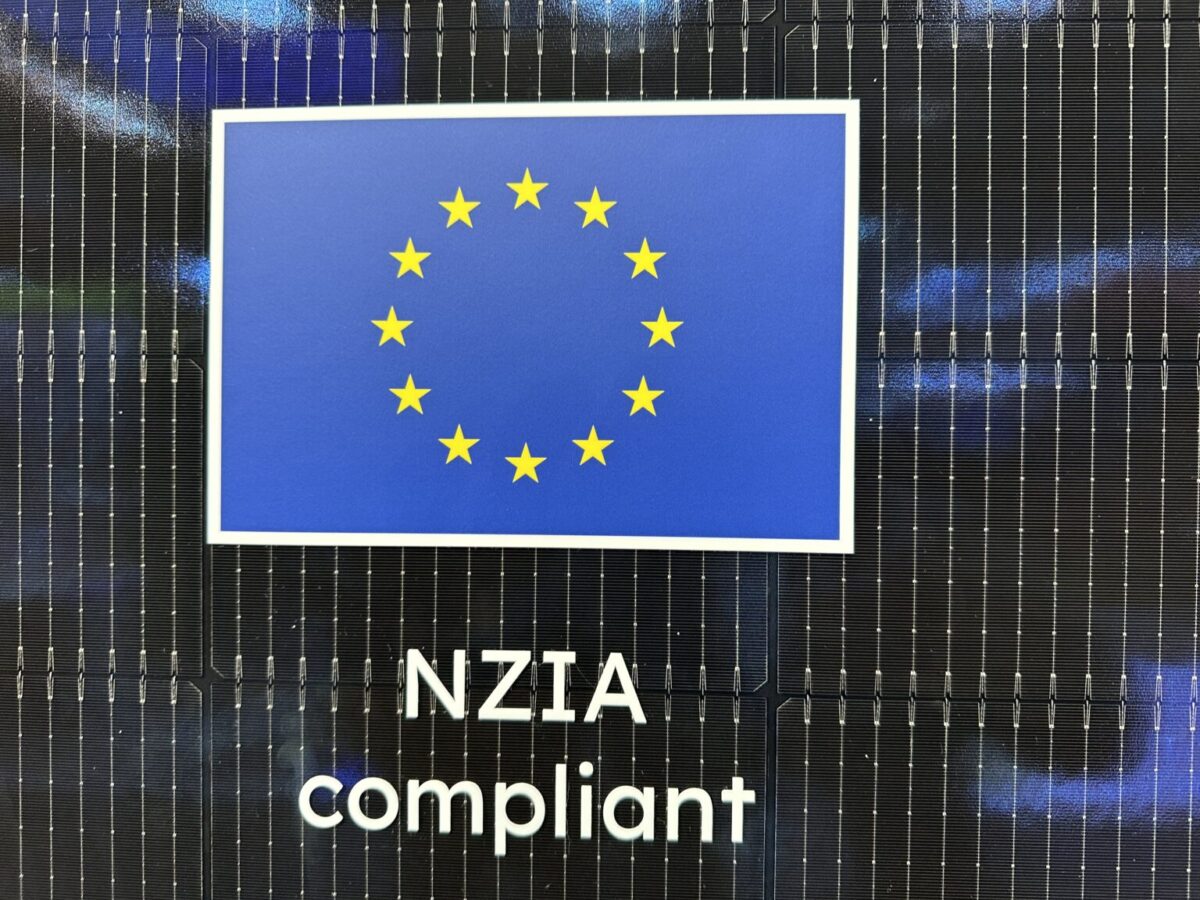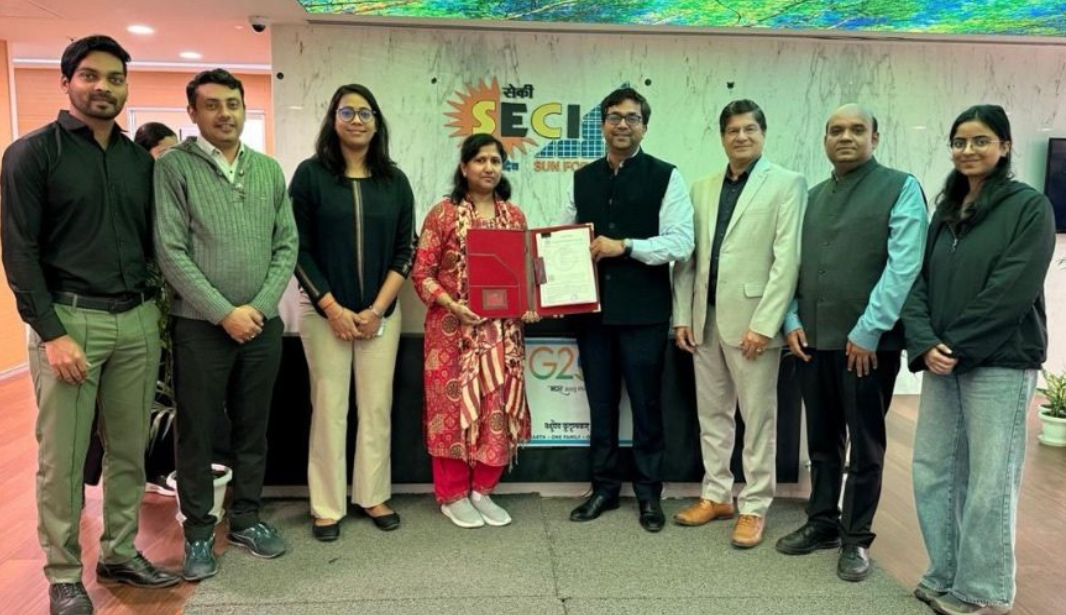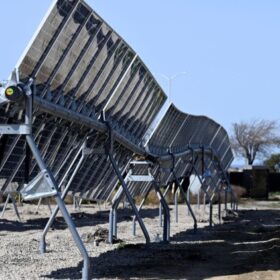Urgent and coordinated policy action is required to strengthen the EU’s solar supply chain, according to a report by the Clean Energy Technology Observatory (CETO).
The report says the EU’s manufacturing base is struggling to compete with low-cost Chinese imports, causing bankruptcies and risking technology sovereignty.
Analysis in the report says the EU has a manufacturing capacity of 25 GW of PV-grade polysilicon, 12 GW of PV modules, 2 GW of PV cells or equivalent and 0 GW of PV-grade silicon ingots and PV wafers.
To meet a target set by the EU’s Net Zero Industry Act (NZIA) of having 40% of the union’s annual photovoltaic deployment made with domestically-manufactured components by 2030, the bloc would require a manufacturing capacity of 76 GW in each of these areas, the report says.
The only areas in which the EU currently exceeds this benchmark are the manufacture of PV inverters and PV trackers with their mounting structures, with capacities of 142 GW and 121 GW, respectively.
The report says the EU’s position in inverters and trackers manufacturing demonstrates a positive trend thanks to its advanced technology, innovation and strong industrial capacity in these segments, before adding it is far behind a similar level across solar ingots, wafers, cells and modules manufacturing.
The NZIA also sets a target of the EU having a share of the global production of PV components above 15% by 2040. The report says the EU can only satisfy this target in the case of PV inverters and PV trackers and mounting structures, with shares of 23% and 34% respectively, before adding that the union falls considerably down across all other components.
The report says that PV manufacturing in the EU could be competitive, but highlights that it needs to be done via large, GW-scale factories that are highly automated and fully integrated across all stages of the value chain.
It also warns that the EU’s current outlook of limited support schemes for manufacturing does not follow the global market growth and outside of China, risks losing momentum to more direct and targeted support schemes applied in the US and India.
In the report’s conclusion, CETO, which is an in-house project belonging to the European Commission, writes that the establishment of a resilient supply chain in connection to the EU PV manufacturing base is of “primary importance” and says the political interest and promotion for manufacturing expansion “will play a significant role”.
“Stable and reliable political and regulatory conditions are important factors to attract investors,” the report says. “It is imperative that EU Member States finally react fast now and commit to truly supporting the EU PV manufacturing by implementing firm policy measures.”
In October, a report by SolarPower Europe and Fraunhofer ISE found targeted, EU-level policies could close a price gap between Chinese and European-made solar modules and help reach the EU’s 30 GW annual manufacturing target by 2030.
This content is protected by copyright and may not be reused. If you want to cooperate with us and would like to reuse some of our content, please contact: editors@pv-magazine.com.








By submitting this form you agree to pv magazine using your data for the purposes of publishing your comment.
Your personal data will only be disclosed or otherwise transmitted to third parties for the purposes of spam filtering or if this is necessary for technical maintenance of the website. Any other transfer to third parties will not take place unless this is justified on the basis of applicable data protection regulations or if pv magazine is legally obliged to do so.
You may revoke this consent at any time with effect for the future, in which case your personal data will be deleted immediately. Otherwise, your data will be deleted if pv magazine has processed your request or the purpose of data storage is fulfilled.
Further information on data privacy can be found in our Data Protection Policy.